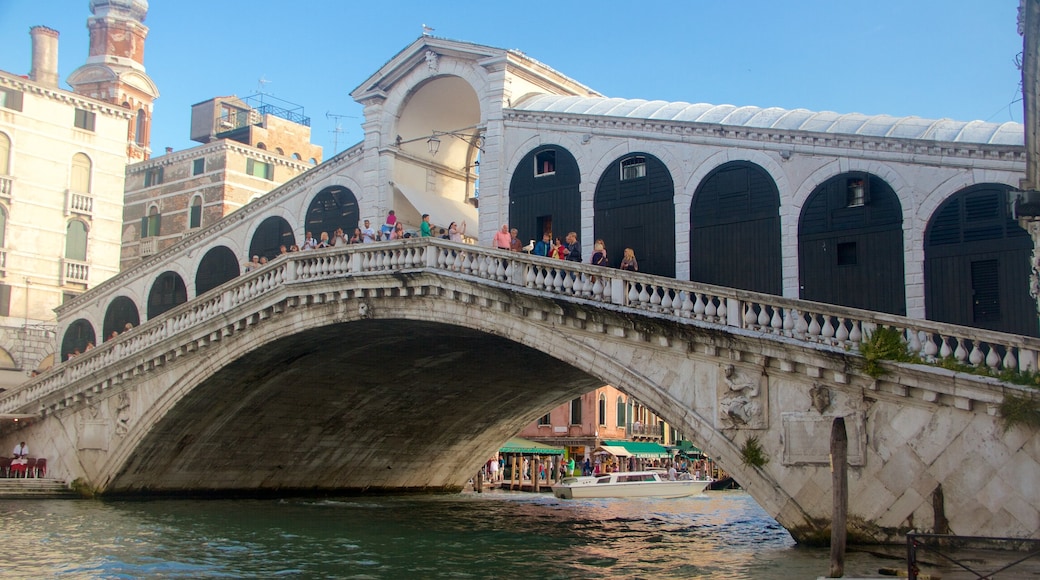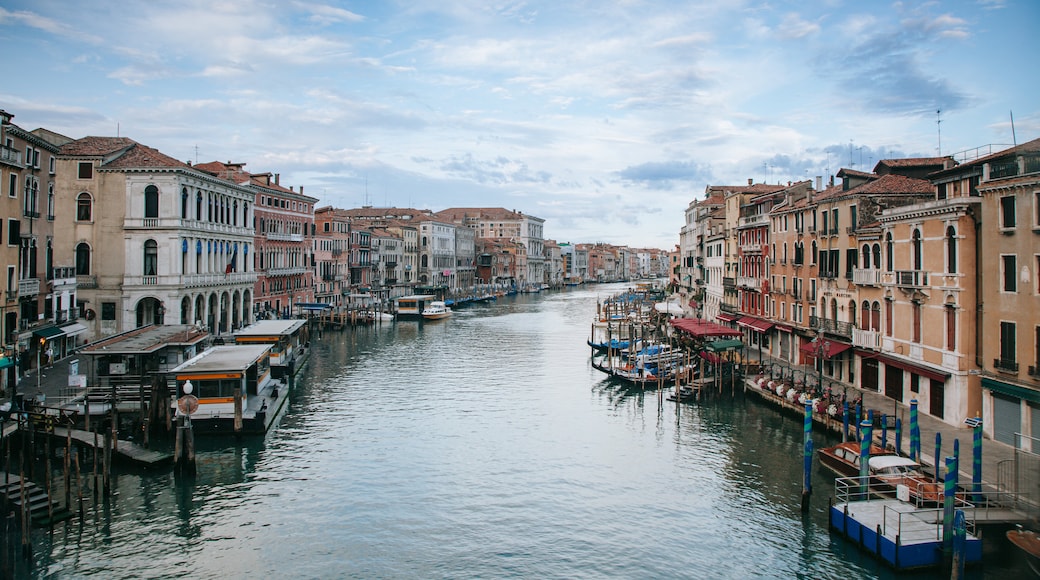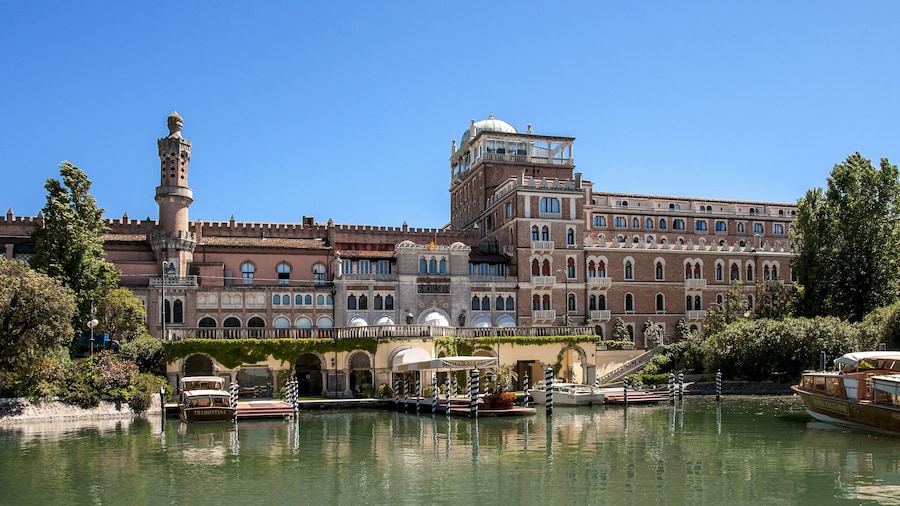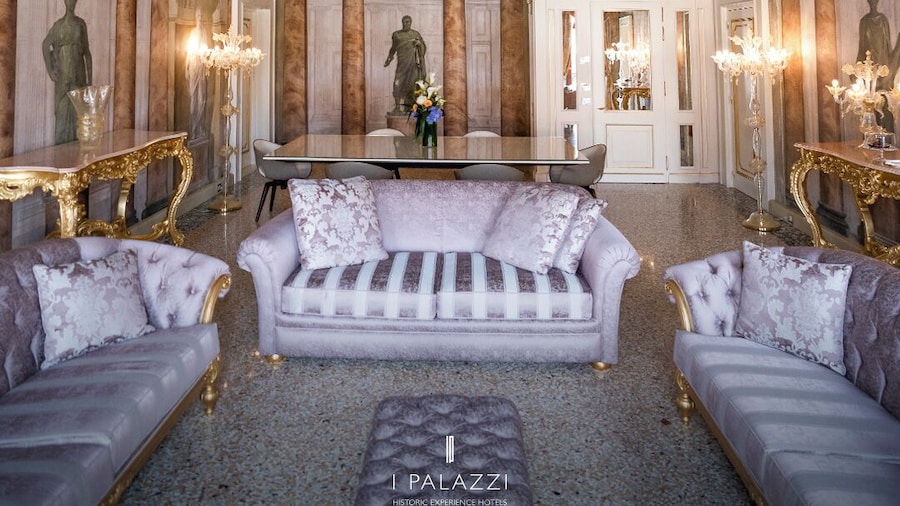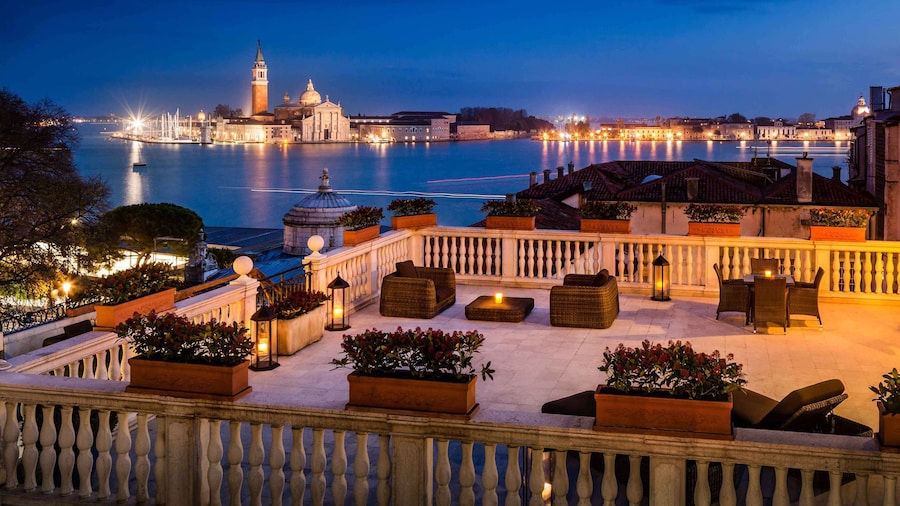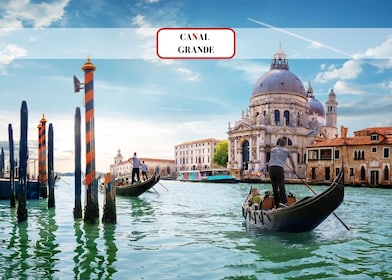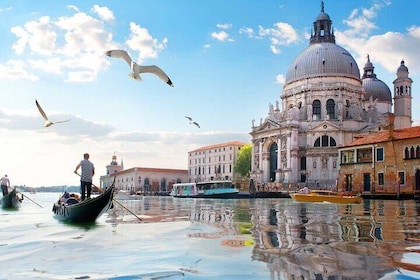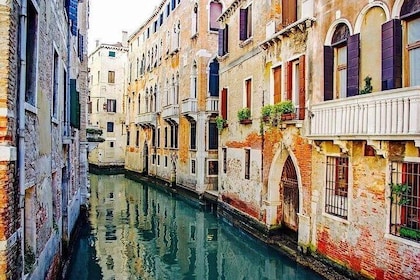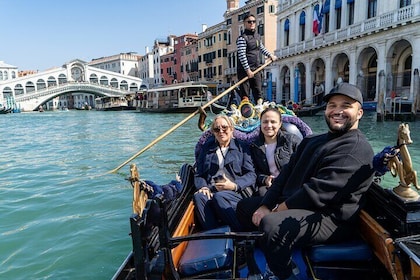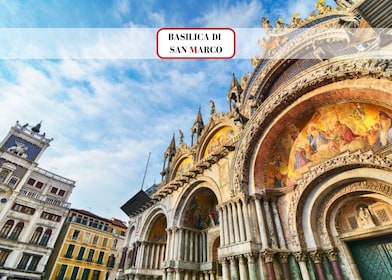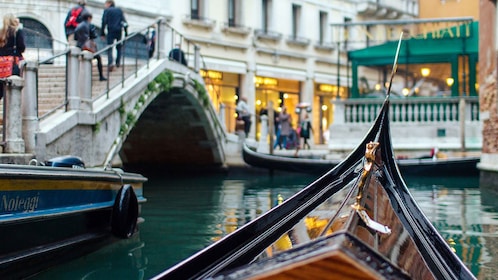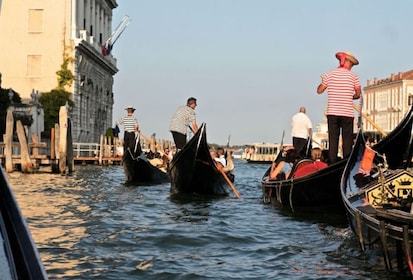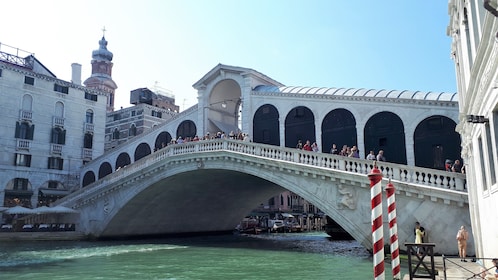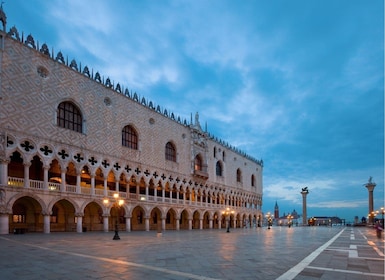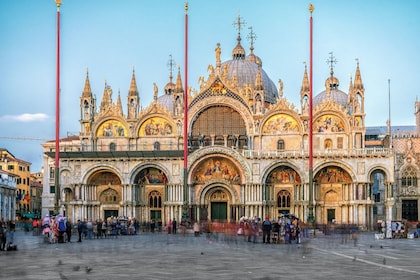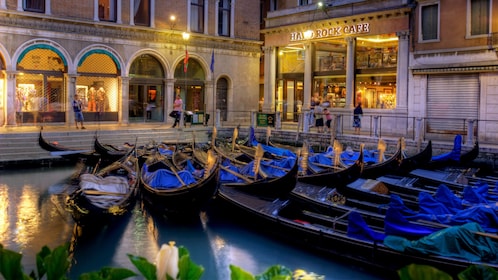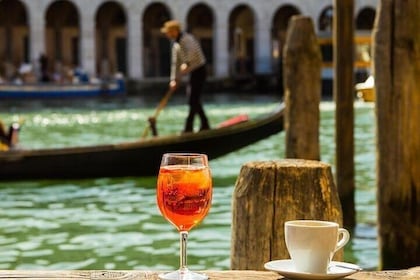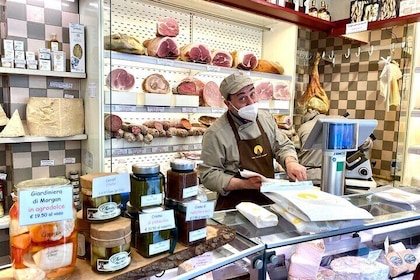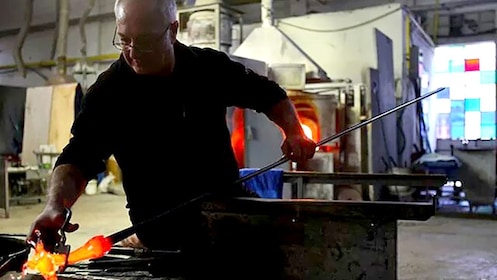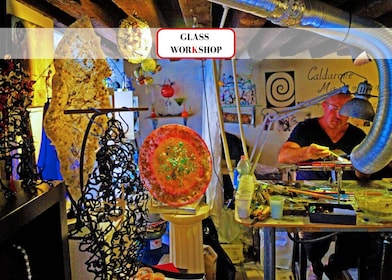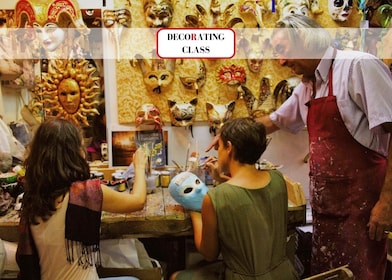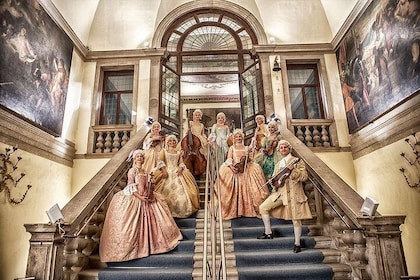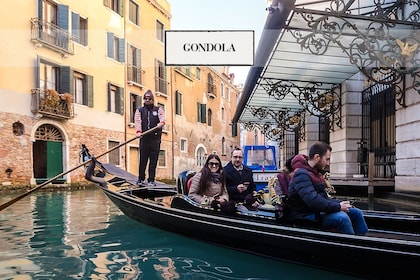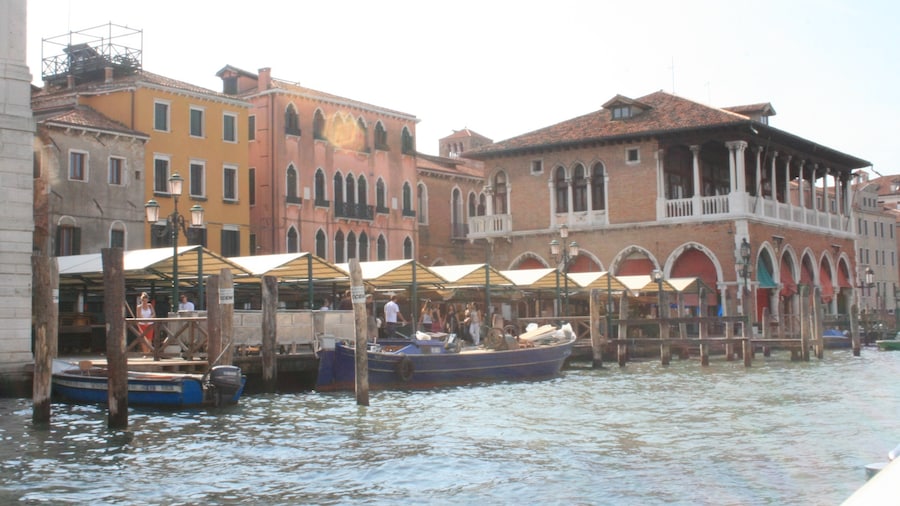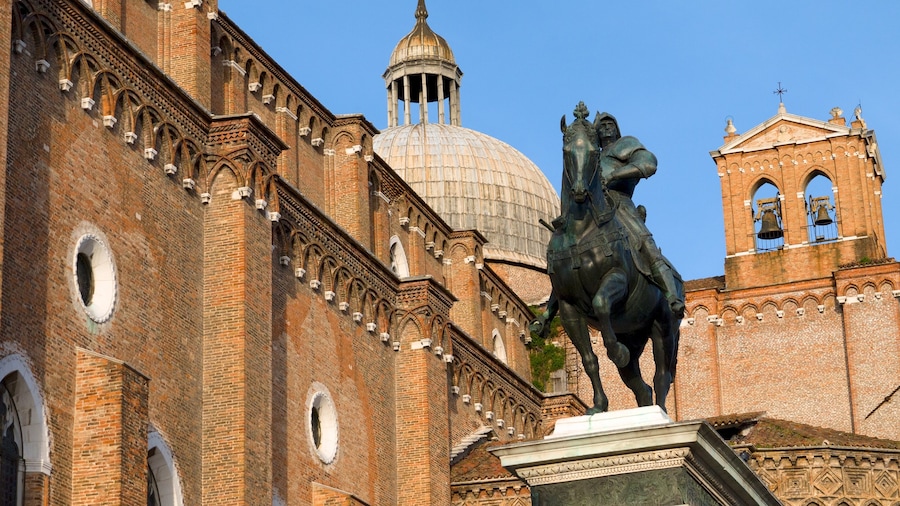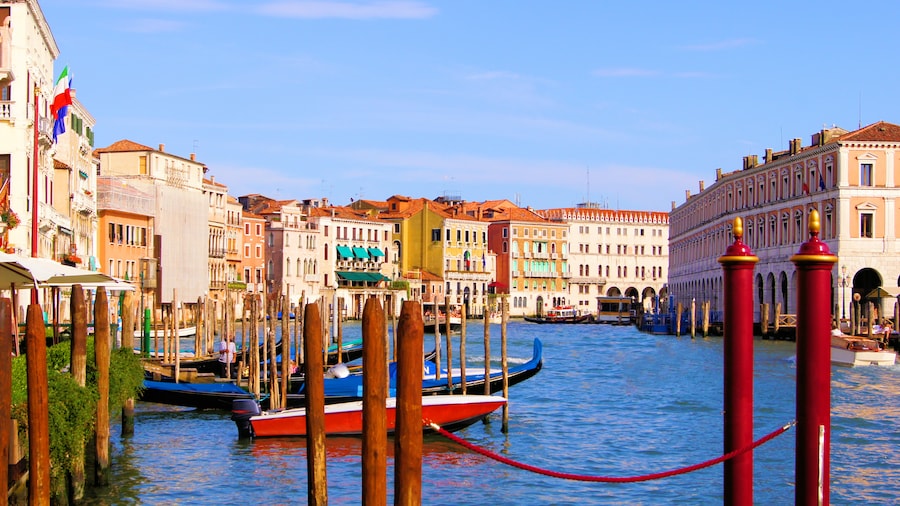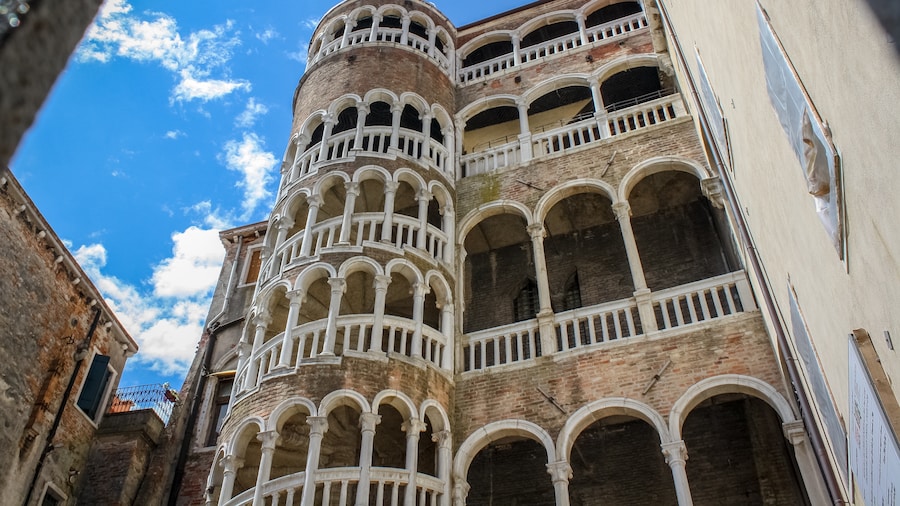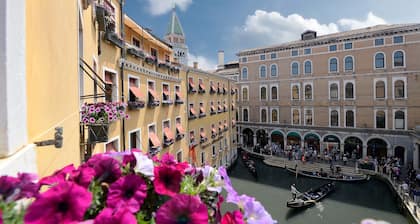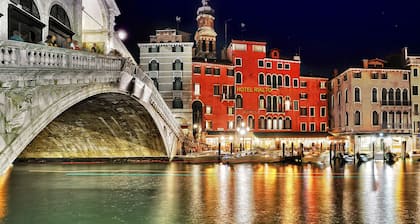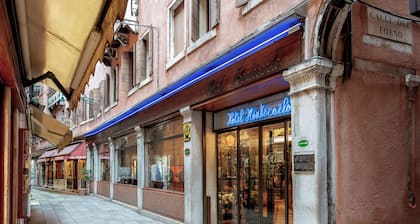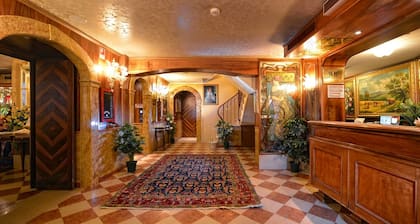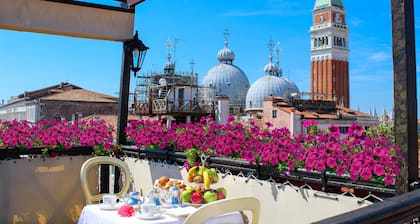When riding a vaporetto (water bus) or gondola along the Grand Canal, look up as you round the bend by the fish market: One of Venice’s most iconic sights appears before you. The Rialto Bridge (Ponte di Rialto) has been a feature of the city since the late 1500s. It has a distinctive V-shape design, high stone arcades and balustrades from which tourists peek at the gondolas in the canal below.
The enclosed Rialto Bridge was constructed by the appropriately named Antonio Da Ponte (Antonio of the Bridge). Da Ponte beat the famous sculptor Michelangelo in getting the contract to build it. The Rialto replaced a late 12th-century bridge and combines practicality with beauty. The 24-foot (7.5-meter) arch is high enough to let ships pass beneath, while the symmetry of the arches and the heightened central peak have made this bridge an iconic image. Out of the 400 or so bridges that connect the islands of Venice, this is likely the most photographed.
As you approach the Rialto on foot, choose between the three walkways that lead to the top of the bridge. Two of the walkways are along the outer balustrades. One central passage runs between the inward facing shops, which sell local Murano glassware, jewelry and other crafts.
Street vendors and musicians lend the bridge a lively atmosphere. From the top, views of the Grand Canal curving into the distance beneath the shuttered windows of the Venetian homes and restaurants provide a classic photo opportunity.
The vibrant buzz of the daytime gives way to a quieter atmosphere at night. When the shutters go down on the shops, the bridge is illuminated by floodlights and reflections shimmer on the canal, providing the perfect backdrop for a romantic evening stroll.
The Rialto Bridge is halfway along the Grand Canal and connects the market district of San Polo with the tourist hub of San Marco. To get there take a vaporetto or gondola and get off at the Rialto stop, or walk north from the central St. Mark’s Square.
